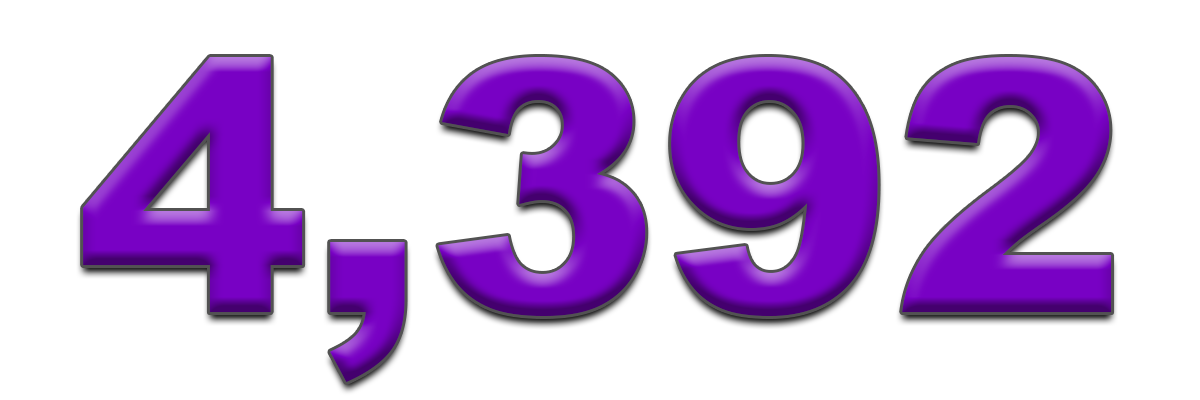Kerby Anderson
Tariffs are in the news and are being debated between candidates. In the past, tariffs have been used to protect domestic industries and provide an additional source of revenue. The downside of tariffs is that they increase costs for consumers and can lead to retaliation from other countries.
Dominic Pino posted the number 4,392. That is the number of pages in the Harmonized Tariff Schedule of the United States. Before you even get to the first section, there are 900 pages of notes and rules for interpretation.
He explains that once you get into the actual tariffs, you learn how tariffs have been manipulated to favor certain companies and countries and not others. Let’s look, for example, at tariffs on imported meat. The edible part of turkey that is not cut in pieces, frozen, or valued at less than 88 cents per kilogram is taxed at 8.8 cents per kilogram. But if the value is 88 cents or more per kilogram, it is taxed at 10 percent.
If it’s not cut in pieces and is fresh or chilled rather than frozen, then it is taxed at 15 cents per kilogram regardless of valuation. But if you take the time to look at 17 separate trade agreements, you will find cases where the meat is not taxed.
Imported knitted or crocheted fabrics of a width not exceeding 30 centimeters that contain by weight 5 percent or more of elastomeric yarn but no rubber thread and that are made of cotton are taxed at 8.8 percent. Those made of other materials are taxes at 8 percent.
It should be obvious by now that most of these tariffs aren’t listed to protect the consumer but to give one company an advantage in the marketplace.
 Listen Online
Listen Online Watch Online
Watch Online Find a Station in Your Area
Find a Station in Your Area










 Listen Now
Listen Now Watch Online
Watch Online
